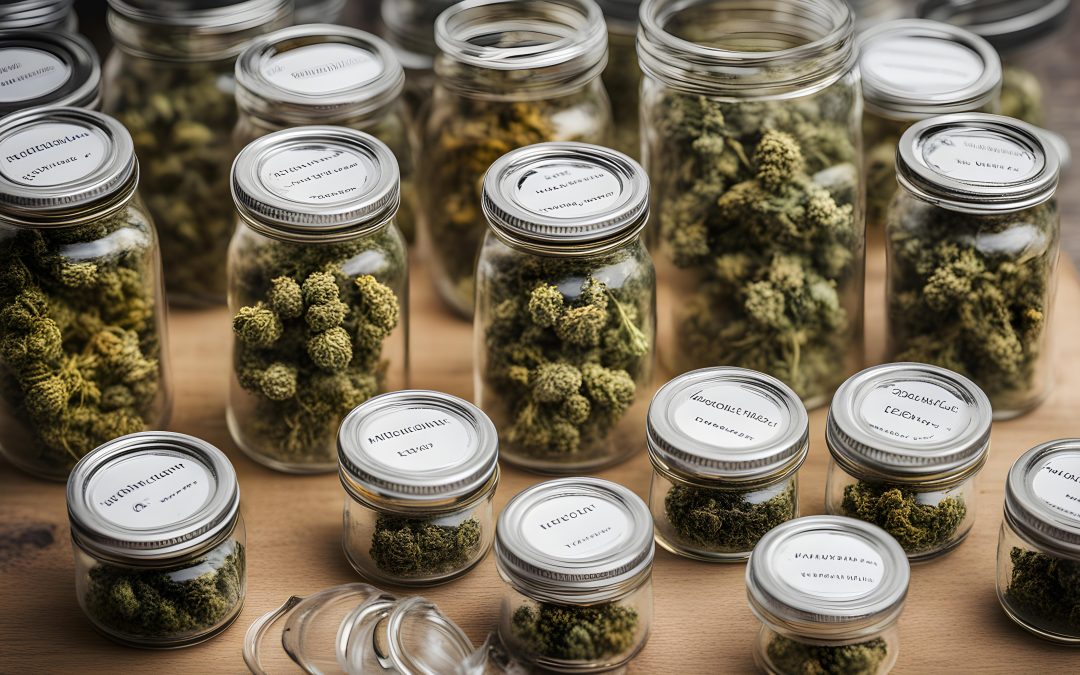DRYING
Cannabis contains about 80% water. In many applications, it is necessary to use its flower in its dried form; moreover, drying the plant prevents the growth of microorganisms and allows for long-term storage while maintaining potency, flavor, medicinal properties, and efficacy.
Humidity, temperature, ventilation rate, time, light exposure, oxygen, and heat are important parameters to consider. Improper drying can lead to the decarboxylation of acidic cannabinoids and the loss of terpenes.
Drying can be done through air-drying, oven-drying, or freeze-drying.
AIR-DRYING OR HANG-DRYING
It is the oldest method of drying cannabis plants after harvest and does not require specific equipment. Slow drying involves placing the plants in a room with a temperature between 18-25ºC and humidity between 45-55%.
Drawbacks:
- Manual separation of leaves and stems is time-consuming and crucial, as different parts dry at different rates.
- Removing buds from stems can result in a harsher product.
- Gravity causes water to descend through the plant, leading to longer and uneven drying.
OVEN-DRYING
It is a faster and more direct method. It can be carried out in a vacuum chamber, a vacuum desiccator, or a drying oven with or without air circulation. A study showed that the yields of CBD and THC decreased as temperatures and drying time increased.
Fast drying can result in a harsher product. Additionally, high temperatures and excessive drying con lead to the loss of key components.
FREEZE-DRYING
Lyophilization is used to obtain high-quality medicinal cannabis. This method keeps the cannabis plant at temperatures much lower than those of air or an oven while removing water content through sublimation in a vacuum chamber. Additionally, it preserves volatile compounds and the acidic form of cannabinoids.
The downside is the cost; it requires an intense amount of energy to maintain such temperatures, vacuum, and prolonged operating time.
CURING
Curing allows for the maximum development of flavor in the cannabis plant. It can reduce strong odor and throat irritation while extending shelf life by minimizing mold growth, although there is insufficient academic research on this.
According to a study, it is believed that the optimal temperature and humidity for curing are 18ºC and 60% RH for 14 days. It is suggested to keep trimmed flowers in a jar for up to 4 weeks in darkness and open it every day for about 6 hours. Under these conditions, enzymes and aerobic bacteria will be in optimal conditions to break down unwanted sugars and degrade minerals.
*NOTE: Our information is based on scientific studies or outreach; if you are considering using cannabis, please consult with a specialized medical professional.
